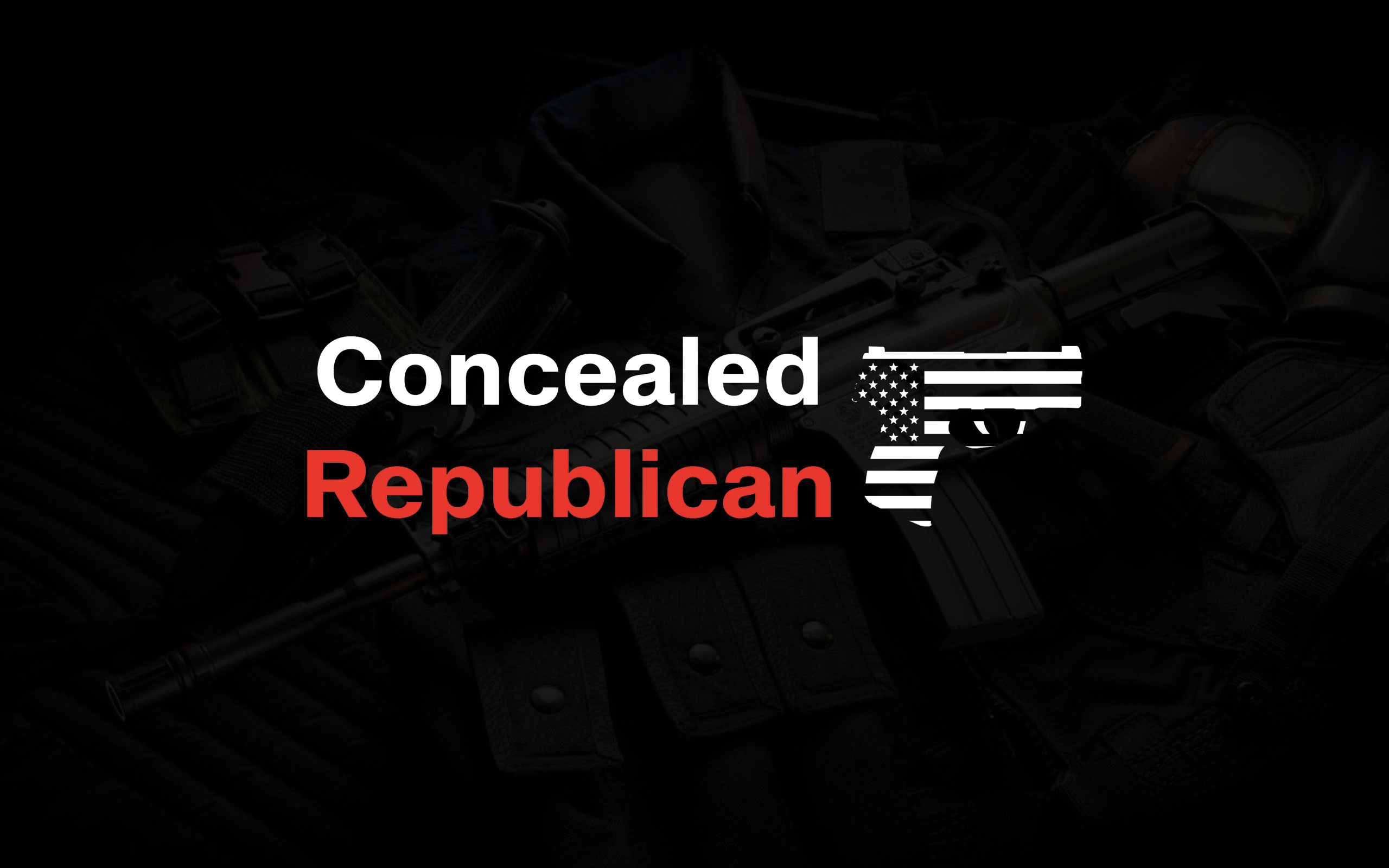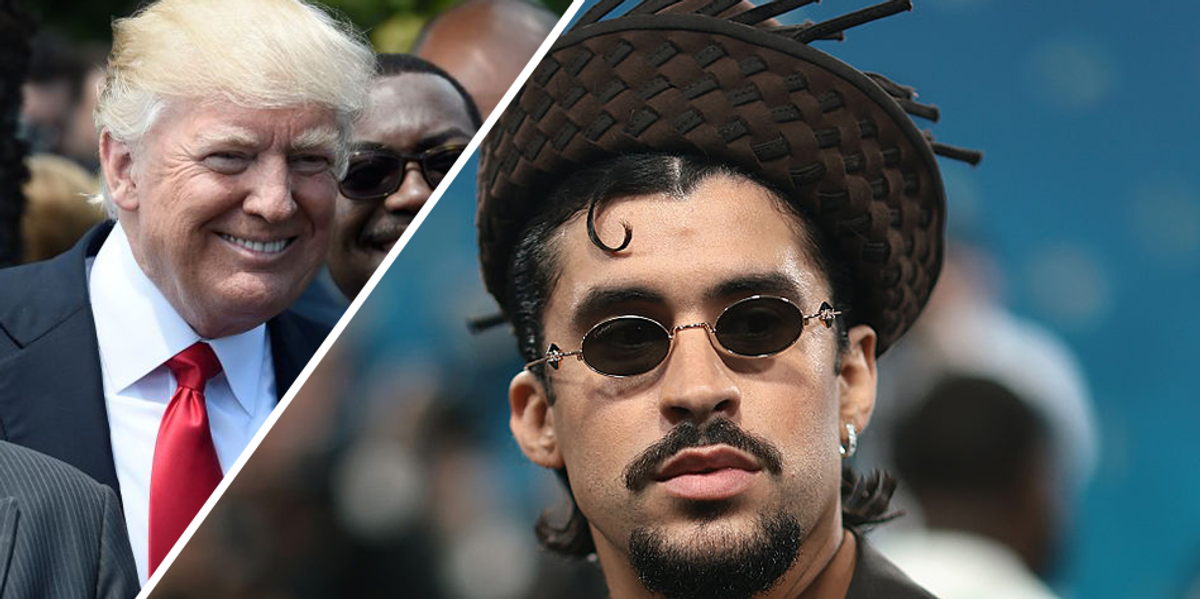Did the Supreme Court just execute Humphrey’s Executor? Justice Elena Kagan certainly thinks so. That could put an end to nearly a century of an extra-constitutional “independent” branch of the federal government … with one notable exception, as we’ll see.
After a series of defeats over the firing of executive-branch officials in lower courts, the White House appealed to the Supreme Court for a stay that would end injunctions on such actions. It’s not the first time that the Trump administration has asked the Supreme Court to intervene in these disputes; the Court refrained from intervention in the Hampton Dellinger lawsuit and ended up getting burned when Dellinger tried to throw sand in the gears of Donald Trump’s policies. The DC Appellate Circuit lifted its stay shortly after, allowing Dellinger to get fired, but Dellinger declined to pursue the case lest the Supreme Court use him to go after their Humphrey’s Executor precedent.
However, the flood of such challenges meant that there was no avoiding the collision. Yesterday, the Supreme Court made it clear that Humphrey’s Executor is an endangered species of precedent:
The Supreme Court’s conservative majority on Thursday said President Donald Trump likely has the authority to fire independent agency board members, endorsing a robust view of presidential power. …
While not a final ruling, the court said in an unsigned order that the Constitution appears to give the president the authority to fire the board members “without cause.”
The court’s three liberal justices dissented. “Not since the 1950s (or even before) has a President, without a legitimate reason, tried to remove an officer from a classic independent agency,” Justice Elena Kagan wrote, joined by Justices Sonia Sotomayor and Ketanji Brown Jackson.
The 6-3 stay ruling is rather terse, but not as terse as their all-but-mute 4-4 punt on the Oklahoma charter-school case (more on that in a later post). The majority ruled that the administration was likely to win on the merits, since the agencies in question in the challenge — the National Labor Relations Board (NLRB) and the Merit System Protection Board (MSPB) — “exercise considerable executive power.” The Constitution rests that power in one elected official, the President, who has to have control over that exercise to meaningfully execute his own authority:
Because the Constitution vests the executive power in the President, see Art. II, §1, cl. 1, he may remove without cause executive officers who exercise that power on his behalf, subject to narrow exceptions recognized by our precedents, see Seila Law LLC v. Consumer Financial Protection Bureau, 591 U. S. 197, 215−218 (2020). The stay reflects our judgment that the Government is likely to show that both the NLRB and MSPB exercise considerable executive power.
This is precisely what Hampton Dellinger tried to avoid. This is not a precedential decision, but it clearly signals what direction the court will go if it gets this case on the merits. The Court plays coy on that point, saying that the plaintiffs can still make the case that neither agency primarily wields executive power — good luck with that, by the way — but rules that the constant in-and-out of fired personnel is too disruptive to the operation of the executive branch “during the pendency of the litigation.”
However, the majority also signal what will happen if Trump tries to exercise this power at the Federal Reserve:
Finally, respondents Gwynne Wilcox and Cathy Harris contend that arguments in this case necessarily implicate the constitutionality of for-cause removal protections for members of the Federal Reserve’s Board of Governors or other members of the Federal Open Market Committee. See Response of Wilcox in Opposition to App. for Stay 2−3, 27−28; Response of Harris in Opposition to App. for Stay 3, 5−6, 16−17, 36, 40. We disagree. The Federal Reserve is a uniquely structured, quasi-private entity that follows in the distinct historical tradition of the First and Second Banks of the United States.
Notably, the Trump administration stipulated to this same position in their application for the stay. Even apart from the structure noted by the Court, the Federal Reserve exercises mainly legislative power on monetary policy rather than executive power. That’s not true of the NLRB or the MSPB, although they will likely argue that their authority is primarily judicial rather than executive.
That’s the basis of Kagan’s dissent, which mentions Humphrey’s Executor thirty times in eight pages. Unfortunately for Kagan, her argument exposes the constitutional abrogation that Humphrey’s Executor has always represented:
For 90 years, Humphrey’s Executor v. United States, 295 U. S. 602 (1935), has stood as a precedent of this Court. And not just any precedent. Humphrey’s undergirds a significant feature of American governance: bipartisan administrative bodies carrying out expertise-based functions with a measure of independence from presidential control.
That all sounds fine and good … until you ask Kagan to show where the Constitution allows executive authority to be vested in anyone except the President. Hint: That clause does not exist. The 1935 Supreme Court fudged the Constitution under pressure from Franklin Roosevelt and the New Dealers to allow this extra-constitutional precedent, which in turn accelerated the growth of the bureaucratic state. Ninety years later, it has grown to Leviathan levels, operating with equally Leviathan levels of impunity — exactly what the Constitution was designed to prevent.
And Kagan’s defense of “expertise-based functions” is nearly quaint after the performance of the “experts” in the pandemic, not to mention the Big Tech/Big Government Censorship Regime that partly overlapped it. Self-governance is not a technocracy; self-governance means elected representatives and the president operating policy, directly accountable to voters. And that requires bureaucrats to be directly accountable to either Congress or the President, not the judiciary or no one at all.
This is only a stay, however. If the plaintiffs want to push off a final reckoning on Humphrey’s Executor, they will follow Hampton Dellinger’s strategy and withdraw before the court has a chance to rule. However, it might be too late to moot this now, as the White House will demand a settled ruling to deal with the myriad other challenges in the courts and those to come later. Let’s hope that the Supreme Court has the opportunity to end this constitutional offense — and that they remain firm in their apparent desire to do so.
Read the full article here






![Stephen A. Smith Goes Ballistic on DeMS-13 Senator Van Hollen [WATCH] Stephen A. Smith Goes Ballistic on DeMS-13 Senator Van Hollen [WATCH]](https://www.lifezette.com/wp-content/uploads/2025/05/2025.05.07-01.43-lifezette-681b638d3b74d.jpg)
![Karoline Leavitt has the Democrats SWEATING Over Imminent Federal Layoffs [WATCH] Karoline Leavitt has the Democrats SWEATING Over Imminent Federal Layoffs [WATCH]](https://www.lifezette.com/wp-content/uploads/2025/04/2025.04.16-12.23-lifezette-67ffa158a81f3.jpg)




